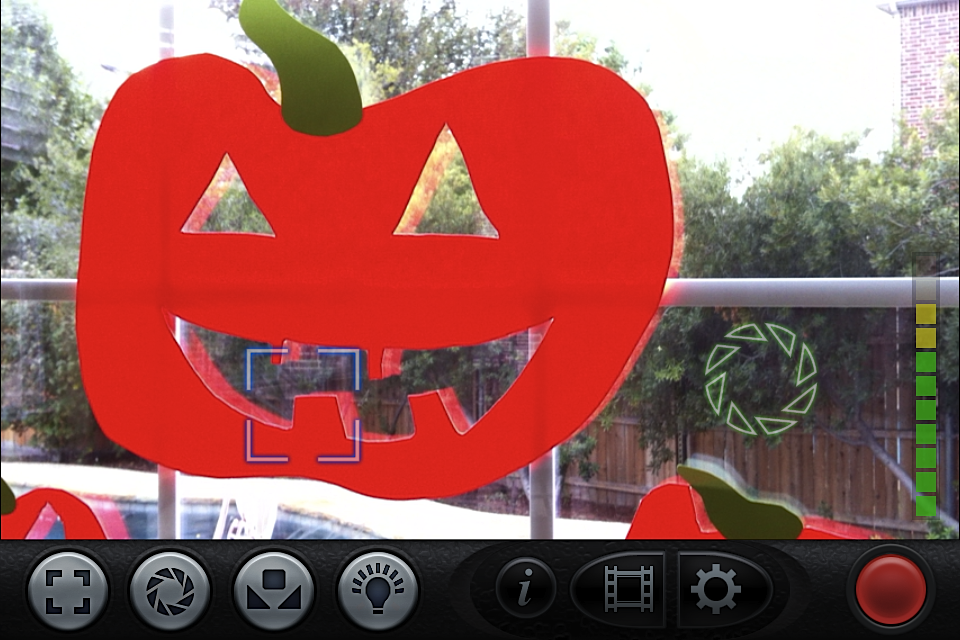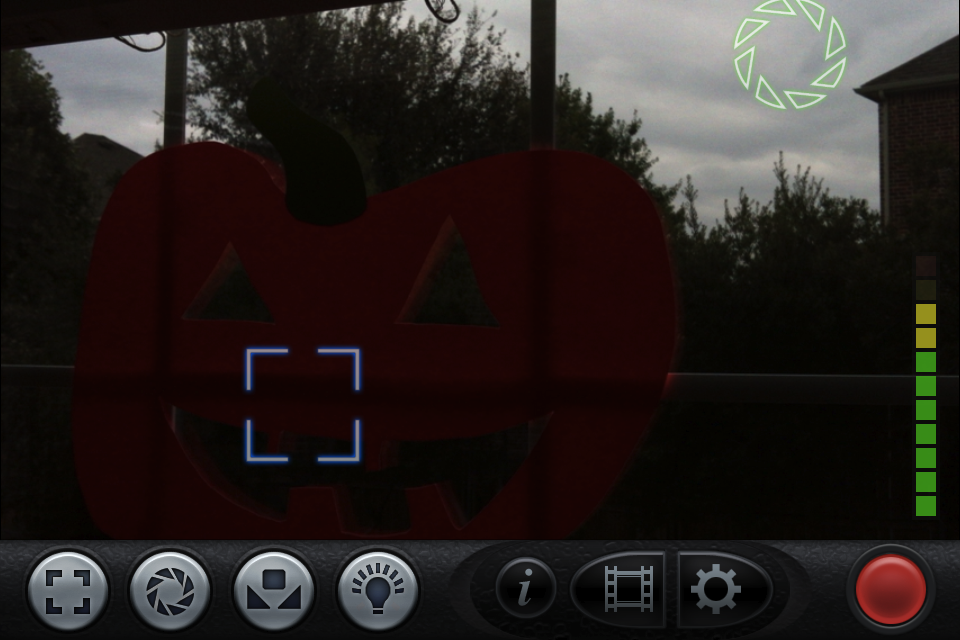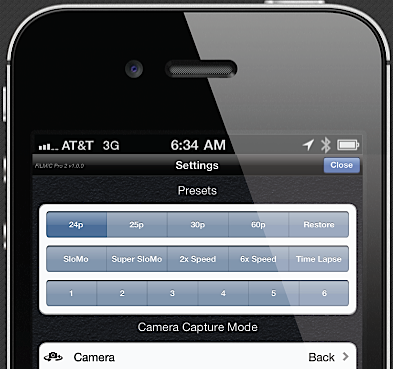Upgrading iPhone Video and Audio with Filmic Pro and the Fostex AR-4i
Using the iPhone is a very handy and tempting solution for production, especially when you need something fast. iPhone video using the device's standard controls and built-in audio leaves a lot to be desired. With the addition of a video app, and an external audio interface, you can make a huge improvement in the quality of the video you produce with the iPhone.
We've all done it. We need a shot, we have our phone, and it's so easy to just whip it out, tap tap, and start recording some video or even streaming directly from the iPhone. But the results are often not as good as we are used to when we use a real camcorder or a DSLR.
There are several limitations of shooting video with a phone. First is the limited data rate the Camera app uses for the video. The second is the lack of control over the video that the app shoots. Lastly, the audio from the phone's built-in microphones is fine for family events, but offers no control for actual "production"-level audio.
Filmic Pro
To control the video, I use an app called Filmic Pro. This app lets me specify _different_ points for focus and audio exposure, instead of only one point like the built-in camera app.
The most useful feature of Filmic Pro might be its ability to let me lock white balance. This is a critical point.
Getting an accurate white balance is close to impossible with the iPhone because there is no specific manual control for it. If the white balance keeps adjusting itself through the shot, you have to keep cutting and re-adjusting the correction in post. This is a nightmare. But being able to "lock" the white balance and have it not change--regardless of the lighting of the shot--means you can (almost) always fix it in post. Because it is locked, you only have to fix it once and it's done for the entire shot.

Filmic iris on Dark. Focus is on the pumpkin.

Filmic iris on Sky. Focus is on thge pumpkin.
Filmic offers dual on-screen controls: one for focus and one for exposure, which I can drag around the screen independently. Filmic also offers on-screen audio meters which are made even more useful with the addition of the Fostex AR-4i audio interface.
In the menus of Filmic, the most important aspect is that I can change the data rate from Apple's standard of 10-12 Mbps to 16 and even 24 Mbps. With the iPhone 4s and 1080p, Filmic tops out at 48 Mbps. I can change frame rates from 30 down to 1 fps. So I'm not stuck with Apple's 24fps. Filmic Pro 2 offers a cornucopia of choices for frame rates, fast and slow motion, as well as time lapse. Pro2 can also save 6 of your favorites as presets. The new version of Filmic Pro 2 has just come out, but the workflow is the same for either version.

Filmic Pro 2 recording settings
The last key change here is the ability to record uncompressed audio, instead of Apple's compressed AAC at 128 Kbps. While AAC is fine for delivery, any audio processing will benefit from the extra bits and lack of any compression artifacts.
Using Filmic is actually quite easy. The settings are very easy to grasp and adjust. The on-screen adjustments are easy to tap and change, even while shooting.
You can set Filmic to record to the camera roll, or to Filmic's own roll, and then copy over only the good takes. Image Capture on the Mac will see only what you've copied over to Apple's Camera Roll; it won't see into Filmic's stash of footage. You can also set it to push video to YouTube, DropBox, Vimeo, Facebook, and even an FTP of your choosing.